
The Sevenish Pillars of Strategic Value Creation
1.) Intellectual Property Assets: Your Competitive Moat
Intellectual property represents your proprietary content, methodologies, algorithms, and registered IP like patents, trademarks, and copyrights. These assets create defensibility and enable repeatable leverage across your business operations. According to the World Intellectual Property Organization, IP protection enables creators to “earn recognition or financial benefit from what they invent or create” [wipo](https://www.wipo.int/about-ip/en/).
Building strong IP assets starts with mapping your “knowledge stack”, codifying your unique frameworks, processes, and data models into documented playbooks and software artifacts. Protection comes through filing trademarks for names and logos, securing patents where novel, copyrighting content and code, and implementing trade secret controls. As Teece’s seminal research on profiting from technological innovation demonstrates, the ability to capture value from innovation depends heavily on appropriability regimes and complementary assets [rp](https://doi.org/10.1016/0048-7333(86)90027-2).
Common pitfalls include over-investing in patents with weak enforceability or documenting secrets too widely. Track your success through metrics like percentage of revenue from IP-enabled offerings, number of protected assets, and licensing annual recurring revenue.
2.) Brand Assets: Building Trust at Scale
Your brand encompasses philosophy (purpose, values, and promise), identity (name, visuals, and voice), and ambassadors (employees, customers, and creators) that create awareness, trust, and price premiums. Strong brands reduce customer acquisition costs, increase conversion rates, and create resilience during economic downturns.
Building brand assets requires clarifying your positioning—who you serve, your unique value, and reasons to believe. Systematize your identity through brand books, tone-of-voice guides, and digital asset management systems. As Keller’s research on customer-based brand equity shows, brand strength stems from brand knowledge structures in consumer memory [jm](https://doi.org/10.1177/002224299305700201).
The IPA’s extensive research by Binet and Field demonstrates that balanced investment between brand building and sales activation drives superior business results [ipa](https://ipa.co.uk). Watch for inconsistent execution across channels and track progress through brand awareness, Net Promoter Score, and price premium indices.
3.) Market Assets: Owning Your Distribution
Market assets include strategic positioning, owned channels, partnerships, first-party data, and distribution advantages that make you the default choice in your category. These assets lower distribution costs, improve targeting precision, and compound reach over time.
Porter’s classic work “What is Strategy?” emphasizes that sustainable competitive advantage comes from performing different activities or performing similar activities differently [hbr](https://hbr.org/1996/11/what-is-strategy). Build your market assets through a clear positioning matrix, diversified channel portfolio mixing owned (email, SEO), earned (PR), and paid channels, and growing consented first-party data compliant with privacy regulations [edpb](https://edpb.europa.eu/).
Avoid overreliance on single platforms and track channel-specific customer acquisition costs, lifetime value ratios, and partner-sourced pipeline percentages.
4.) Product Assets: Value Delivery at Every Level
A coherent product suite spans lead magnets, core products, and premium offerings that deliver predictable value and ladder customers upward. This portfolio approach supports segmentation, improves average revenue per user through upsells, and stabilizes cash flows.
Christensen’s Jobs to Be Done framework provides guidance: design entry offers solutions to urgent, narrow jobs; core products address recurring needs; and premium solutions cater to high-complexity requirements [hbs](https://www.hbs.edu/faculty/Pages/item.aspx?num=51206). Ulwick’s Outcome-Driven Innovation methodology helps ensure products align with customer success metrics [str](https://strategyn.com/books/).
Build modular architecture with shared components across SKUs to reduce time-to-market. Avoid product proliferation without clear roles and track ARPU, expansion revenue percentage, and activation rates by segment.
5.) System Assets: Predictability Through Process
Documented, automated, and measurable systems for marketing, sales, customer success, and operations drive predictability and enable scale. Systems reduce variance, enable delegation, and unlock operating leverage across your organization.
Following Deming’s principles from “Out of the Crisis,” build an SOP pyramid progressing from policy to process to standard operating procedures to checklists to automation [mit](https://mitpress.mit.edu/9780262541169/), create a RevOps spine with unified data models, lifecycle stages, and feedback loops. Forsgren, Humble, and Kim’s “Accelerate” research shows how high-performing organizations leverage systems for competitive advantage [itr](https://itrevolution.com/product/accelerate/).
Beware of tool sprawl without process alignment. Measure success through sales cycle length, forecast accuracy, and gross margin per full-time equivalent.
6.) Culture Assets: Your Performance Multiplier
Culture encompasses people, leadership, norms, and behaviors producing performance, learning, and innovation. As a strategy multiplier, culture drives retention, speed, and adaptability.
Edmondson’s research on psychological safety shows how creating fearless organizations enables innovation and learning [aec](https://amycedmondson.com/books/the-fearless-organization/). Build culture through mechanisms, not slogans: implement rituals like retrospectives, decision frameworks like pre-mortems, and feedback systems like 360 reviews. Netflix’s culture deck exemplifies how mechanisms and talent density create sustainable advantage [nfl](https://jobs.netflix.com/culture).
Track employee Net Promoter Score, regretted attrition, time-to-productivity for new hires, and diversity across organizational levels.
7.) Funding Assets: Fueling Growth Strategically
Funding assets include capabilities, relationships, and track records for attracting capital, structuring deals, and managing risk. Efficient capital access accelerates growth, buffers shocks, and signals quality to stakeholders.
Maintain capital readiness through disciplined data rooms with clear financials, cohort analyses, and governance documentation. Sequoia Capital’s guidance emphasizes understanding unit economics and burn multiples [seq](https://www.sequoiacap.com/). Develop stage-appropriate financing strategies mixing equity, debt, and non-dilutive grants aligned to growth loops with clear payback periods.
Monitor burn multiple, runway months, net dollar retention, and close rates with target investors.
The Compounding Advantage: How Assets Interconnect
These seven assets don’t operate in isolation; they form a reinforcing flywheel. IP enables differentiated products; products create proof for brand; brand lowers customer acquisition costs; market assets amplify distribution; systems scale delivery and margins; culture sustains learning and execution; funding fuels the loops at optimal cadence.
The magic happens at the interfaces: RevOps aligning brand promise with ideal customer profiles and pricing; product telemetry feeding market positioning; IP strategy informing roadmaps. Optimizing these connections creates a compounding competitive advantage.
Your Next Steps: A Quick Self-Assessment
Start by asking four critical questions. First, do you have a clear inventory and owner for each asset class, documented and reviewed quarterly? Second, which two asset classes are your current strengths, and which one constrains growth? Third, where can you convert tacit knowledge into codified IP or system assets within 90 days? Finally, do your KPIs reflect leading indicators, not just lagging financials?
Building strategic assets isn’t about perfecting everything simultaneously; it’s about understanding the system, identifying constraints, and systematically strengthening each component while optimizing their interactions. But the payoff is a business that runs predictably, scales efficiently, creates lasting value, and certainly makes the journey worthwhile. Achieving true work-life balance isn’t about working less; it’s about building systems and assets that work for you, and sometimes that balance will lean more to one side or the other.
Cheers and all the Best, Timothy
Want the shortened version? Go over to my LinkedIn post: https://www.linkedin.com/pulse/seven-pillars-strategic-value-creation-timothy-pawlaczyk-78cce




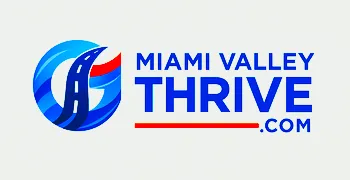
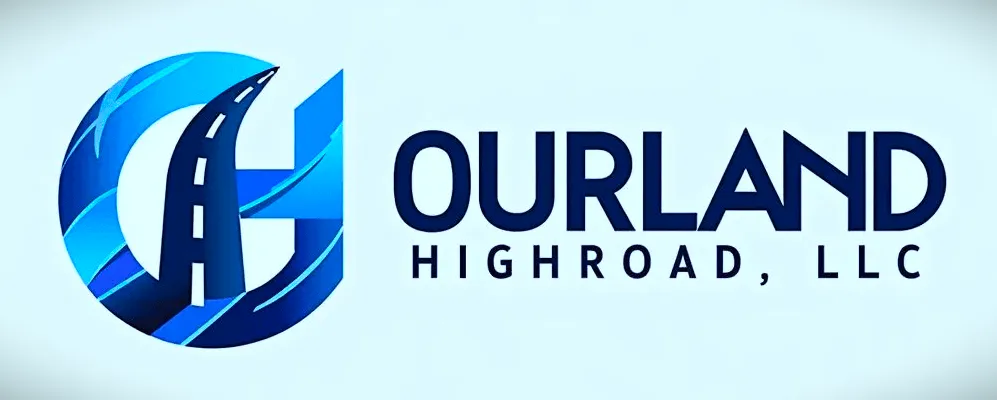
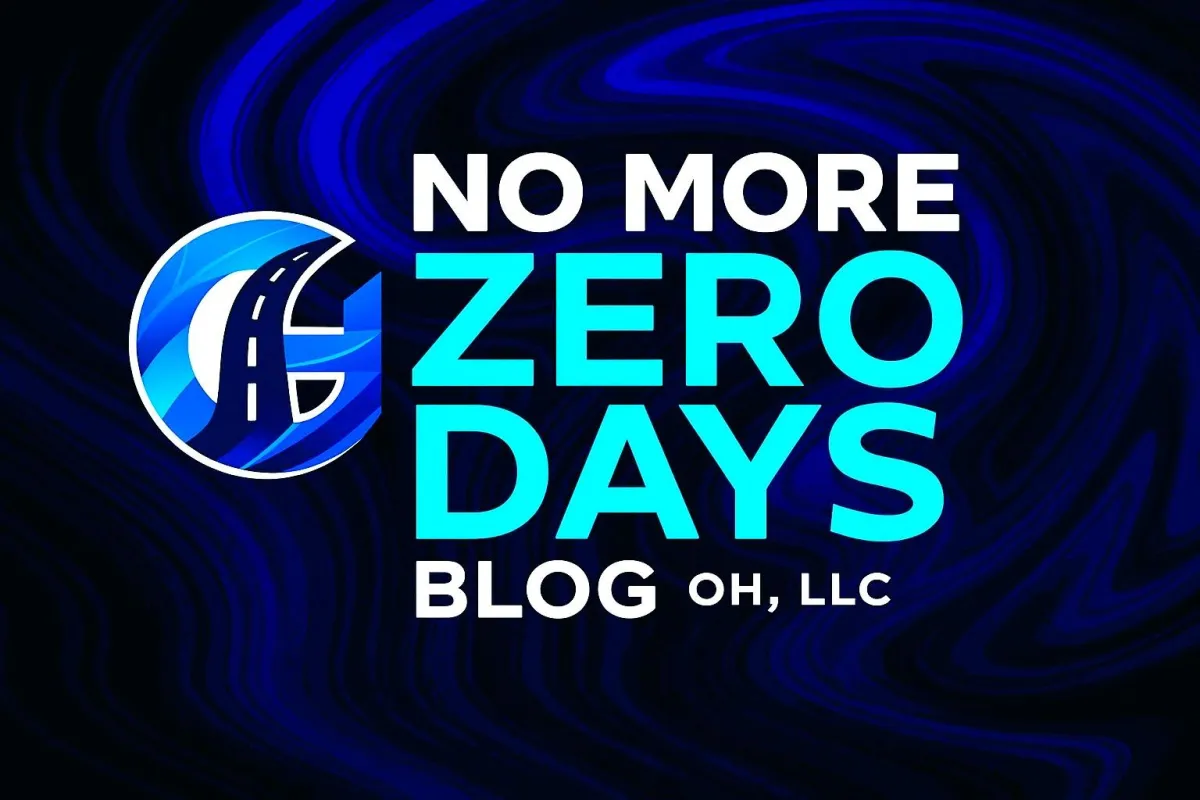
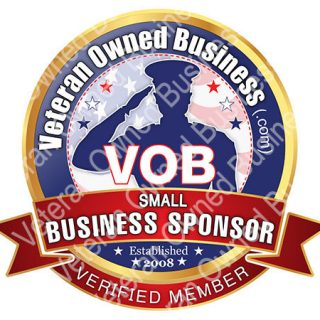
Instagram
LinkedIn
Youtube
X